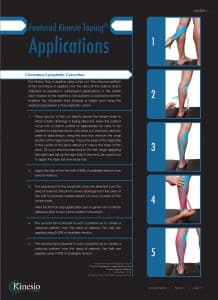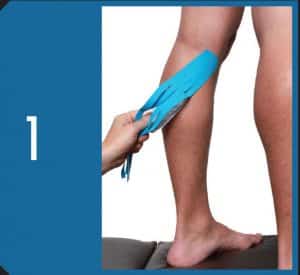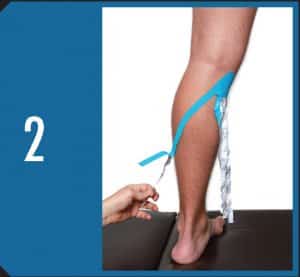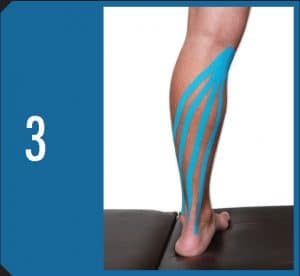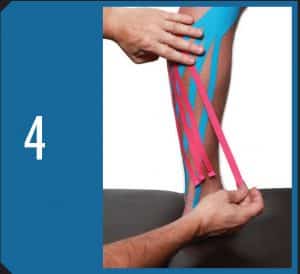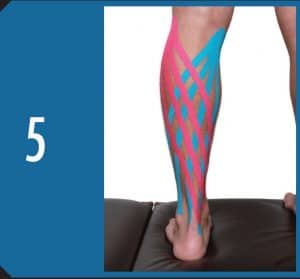Kinesio Taping Application – Circulatory/Lymphatic Correction
The Kinesio Strip is applied using a fan cut. The crisscross pattern of the technique is applied over the area of the edema and is adjusted as needed in subsequent applications. If the lymph duct nearest to the edema is non-existent or dysfunctional then re-direct the lymphatic fluid towards a viable duct using the anastomosis present in the lymphatic system.
